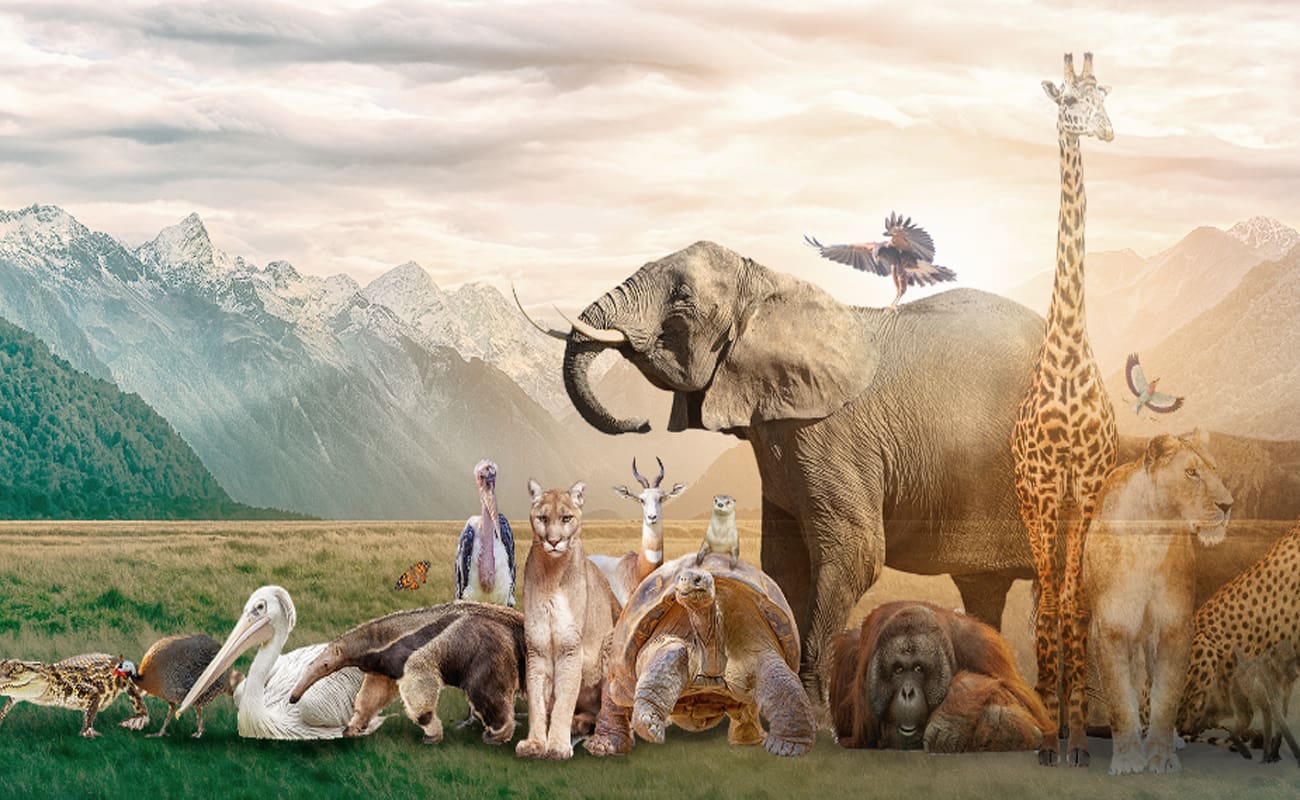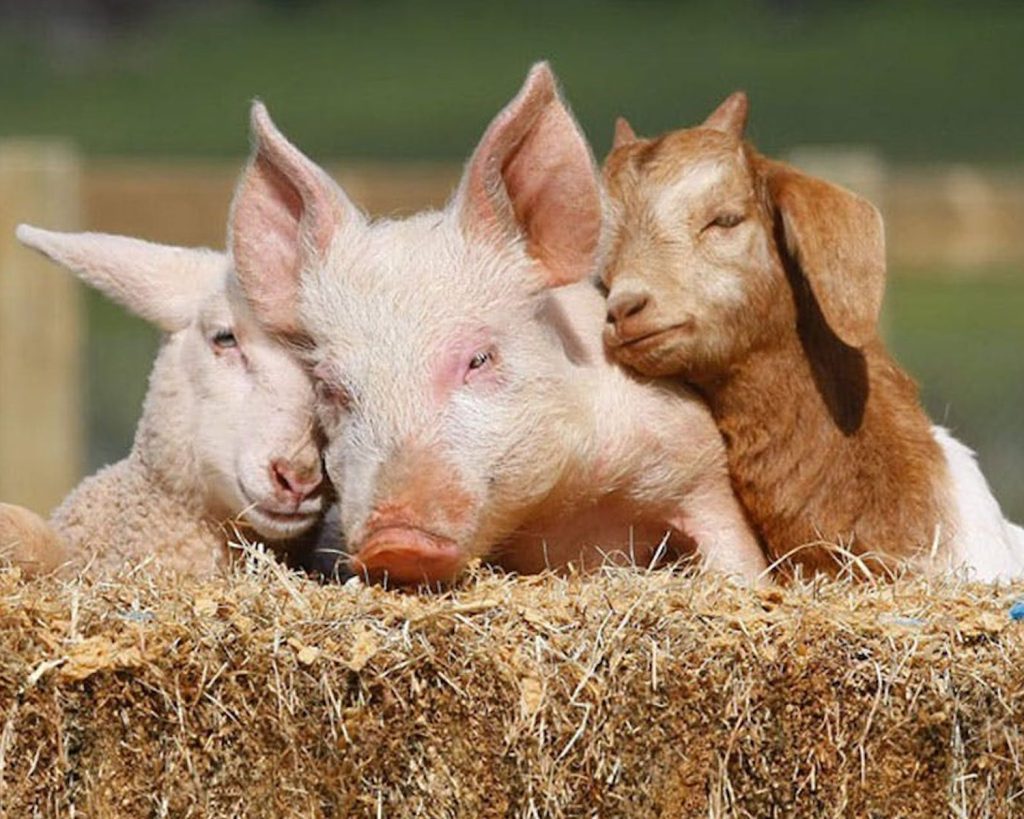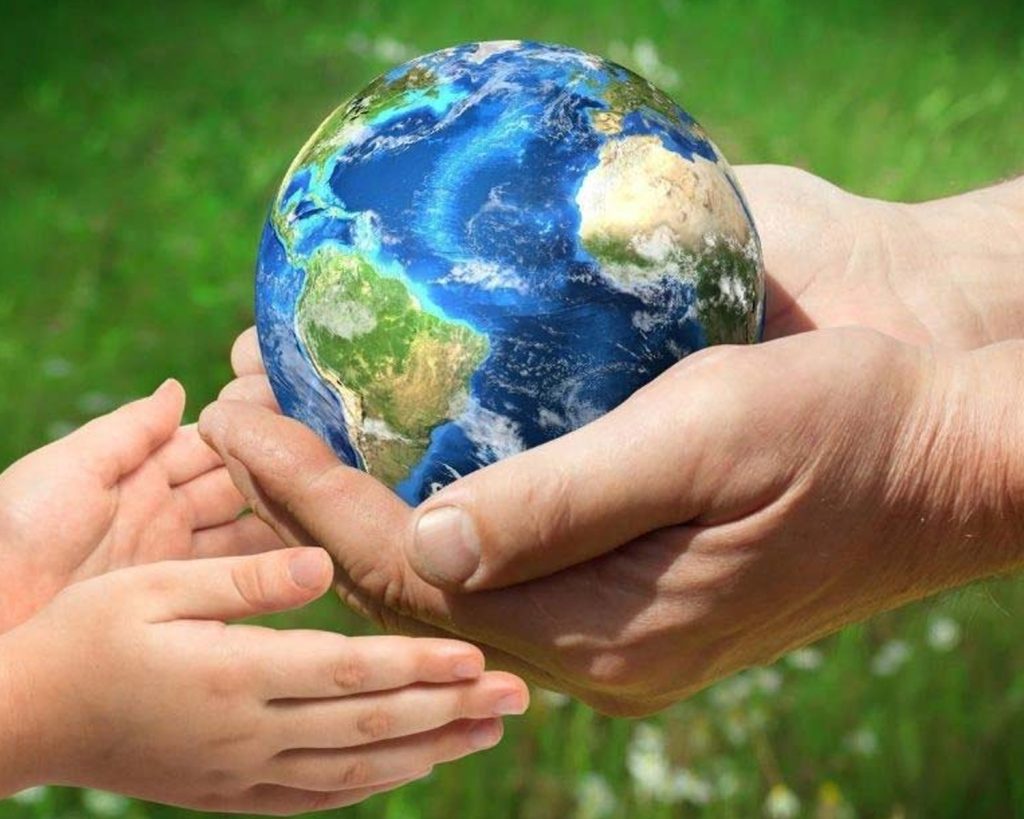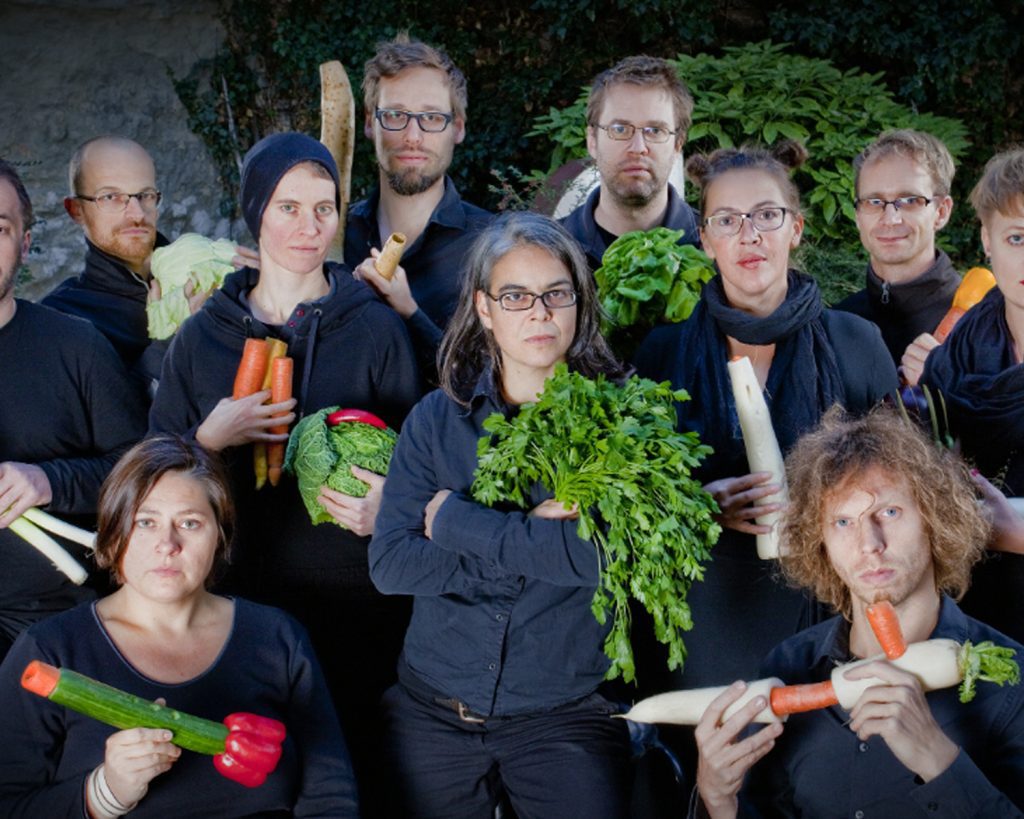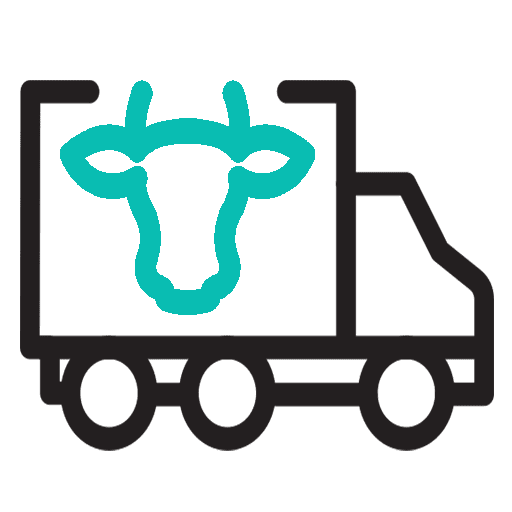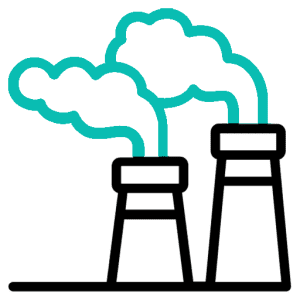Климаттың өзгеруі ең шұғыл жаһандық дағдарыстардың бірі болып табылады және өнеркәсіптік мал шаруашылығы оның жеделдеуінің негізгі драйвері болып табылады. Зауыттық егіншілік парниктік газдар шығарындыларына айтарлықтай үлес қосады - ең алдымен, ірі қара малдан алынатын метан, көң мен тыңайтқыштардағы азот оксиді және жемдік дақылдарды өсіру үшін орманды кесуден алынған көмірқышқыл газы. Бұл шығарындылар жалпы көлік секторының шығарындыларымен бәсекелесіп, жануарлар шаруашылығын климаттық төтенше жағдайдың орталығына қояды.
Тікелей шығарындылардан басқа, жүйенің жерге, суға және энергияға деген сұранысы климаттық қысымды күшейтеді. Мал азығы үшін соя мен жүгері өсіру үшін кең ормандар тазартылады, табиғи көміртекті сіңіргіштерді жойып, атмосфераға жиналған көміртекті шығарады. Жайылым кеңейіп, экожүйелер бұзылған сайын, планетаның климаттық өзгерістерге төзімділігі одан әрі әлсірейді.
Бұл санат диета таңдауы мен азық-түлік өндірісі жүйелерінің климаттық дағдарысқа қалай әсер ететінін көрсетеді. Зауыт шаруашылығының рөлін шешу тек шығарындыларды азайту ғана емес, ол тұрақтылыққа, өсімдік негізіндегі диеталарға және қалпына келтіру тәжірибесіне басымдық беретін азық-түлік жүйелерін қайта құру болып табылады. Мал шаруашылығының климаттық ізіне қарсы тұру арқылы адамзат жаһандық жылынуды тежеуге, экожүйелерді қорғауға және ұрпақтар үшін өмір сүруге жарамды болашақты қамтамасыз етуге мүмкіндігі бар.
Мал шаруашылығы мыңдаған жылдар бойы адамзат өркениетінің орталық бөлігі болды, дүние жүзіндегі қауымдастықтар үшін азық-түлік пен өмір сүрудің маңызды көзі болып табылады. Дегенмен, соңғы онжылдықтарда бұл саланың өсуі мен қарқын алуы біздің планетамыздың экожүйелерінің денсаулығы мен әртүрлілігіне айтарлықтай әсер етті. Өсіп келе жатқан халық саны мен диетаға бейімділіктің өзгеруіне байланысты мал өнімдеріне сұраныс мал шаруашылығының кеңеюіне әкеліп соқты, нәтижесінде жер пайдаланудың кең ауқымды өзгеруі мен тіршілік ету ортасының жойылуы болды. Бұл биоәртүрлілікке қатты әсер етті, көптеген түрлер жойылып бара жатыр және экожүйелер қайтымсыз өзгерді. Біз азық-түлік пен экономикалық өсу үшін мал шаруашылығына сенуді жалғастыра отырып, осы саланың биоәртүрлілікті жоғалтуға әкелетін салдарын зерттеу және шешу өте маңызды. Бұл мақалада біз мал шаруашылығы биоалуантүрлілікті жоғалтуға ықпал еткен әртүрлі жолдарды және ықтимал шешімдерді зерттейміз ...

